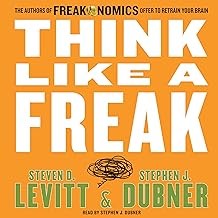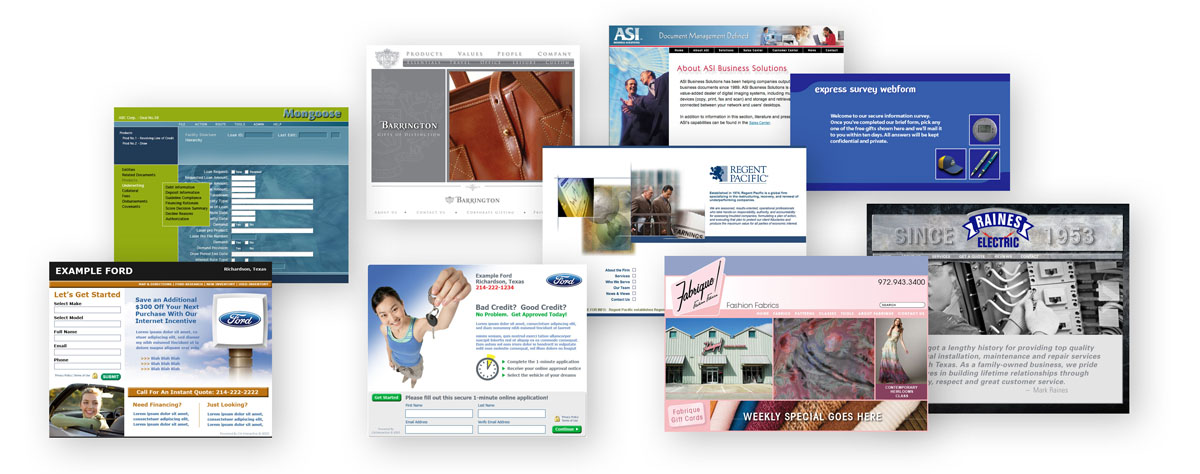Diamonds, Pencils, and Baptists

Martha’s Ring, My Pencil,
and North Carolina Baptists
Think of this as three stories for the price of one but I’m writing this at three o’clock in the morning so it might take me a few words to tie it all up in a neat package.
Martha’s Ring
In 1972, my high-school buddies and I spent weekend nights cruising about town, looking for mischief in which to participate. By 2:00AM, the only place still open to get our coffee and sugar fix was the 24-hour dine-in Dunkin Donuts shop. My friend, Martha, worked as the counter hostess and would sneak us free donuts and coffee refills when the night-manager/cook was distracted.
Martha always wore an impressive diamond ring which she had inherited from her grandmother, and which was probably worth a lot of money. Being skeptical of its authenticity since Martha was a less-than-wealthy high school kid like me, I bet her five bucks that I could prove it was fake.
We both knew that real diamonds were the hardest surface on Earth and would cut glass (one of the second-hardest surfaces) so Martha let me use her ring to etch a neat line all the way around my glass of ice water. When I tapped on that little scratch with a quarter, the glass separated into two clean halves, spilling ice and water all over the counter. Martha got my money but she had to clean up the mess.
Pencils
Since ancient history, some guy named “No.2” has been manufacturing pencils that every school kid has learned to write with. Those pencils are filled with graphite, one of the softest minerals on Earth, so tiny bits flake off easily and transfer to paper. If you know me, you know I spend a lot of time building wooden furniture, a process that requires lots of measuring and marking, which in turn, requires lots of Mr. 2’s pencils.
Apart from the fact that every pencil I lay down in my wood shop gets stolen by wood gremlins, the ones I keep track of go dull after only a few markings on rough wood surfaces. I just keep a large can full of pencils on my workbench. Occasionally, when I get around to cleaning up my shop, I collect and sharpen all the errant pencils while grumbling about old Mr. 2’s products requiring so much maintenance.
North Carolina Baptists
Years ago, while flying into North Carolina, I was dazzled by the miles and miles of dense forest. I was also intrigued by a local real estate phenomenon. Every few miles, there were one-acre cleared tracts containing small churches — way too many churches for the sparce population of that area.
Later, at a convenience store (and as is totally uncharacteristic for me) I struck up a conversation with the sales clerk, a total stranger. When I mentioned that we had passed probably six churches while searching for his store, his only reply was “Baptists”. He went on to explain that typically, a group of individuals with similar religious beliefs would get together and form a church. They would pool their money for a year or so, purchase an acre of land, and erect a small church building.
Congregations would grow until some segment of their group took exception to the subtle theological or philosophical differences held by another segment of the group. The offendees would split off and form their own new church and the process would begin all over again. The myriad schisms fueled an amoeba-like replication process resulting in an abundance of church buildings.
Stay With Me Here
A few weeks ago, I read “The Nature of Matter: Understanding the Physical Universe” by David Ball, PhD. He described two types of atomic bonding within compounds — ionic bonding where the ions of individual atoms form loose bonds that can be easily disrupted…and covalent bonding where two atoms share an electron from the outer shell, like two neighbors sharing equal ownership of a fence. Covalent bonding is typically very strong and hard to break but you already knew that because you paid attention in high-school chemistry.
Remember Martha’s ring and my pencil? Turns out that diamonds (one of the hardest minerals on Earth) and Graphite (one of the softest minerals on Earth) are both composed of almost pure Carbon. In Graphite, the Carbon atoms are neatly laid out, side by side, in thin sheets only a single atom thick. They are tightly bonded across the individual sheets but the sheets are loosely bonded to the next sheet up or down. Hence the fact that Old Number 2’s molecules flake off easily and make writing possible. Meanwhile the gem in Martha’s diamond ring is made of the identical Carbon atoms, only squashed together and cooked deep inside the Earth to make three-dimensional covalently bonded molecules that are sturdy enough to cut glass.
It appears those North Carolina Baptists were more like Graphite — strongly bonded to people in their own cliques but not so bonded to the rest of the congregation. But before you start getting all judgmental…which political party do you belong to? Not to mention whether you support Jews or Palestinians, Russians or Ukrainians, sexually segregated sports or trans sports, vegans or carnivores.
Somehow, our culture has gone from the diamond-hard unity produced by the intense pressures of events like the great depression, to a bunch of herds that are flakier than the filler in a number 2 pencil. Question is, “What are you and I gonna do about it?” Let’s get together for coffee and discuss our plan. Bring your favorite diamond ring and I’ll bring my favorite No.2 pencil so we can swap our treasured possessions like the Indians and Pilgrims did. After all, they’re both made of pure Carbon.
 Email me at guy@lawsoncomm.com. I’ll buy you coffee and we can trade ideas. Who knows? Maybe we will even discover something we didn’t already know.
Email me at guy@lawsoncomm.com. I’ll buy you coffee and we can trade ideas. Who knows? Maybe we will even discover something we didn’t already know.
![]()
“Whether or not you currently feel that God exists doesn’t alter reality. Whether or not you feel He loves you, or even that you are worthy of His love, doesn’t change reality either.”
— Brant Hansen, “Unoffendable”

Did someone forward this newsletter to you after reading it themselves? Don’t settle for that!
CLICK HERE
to get a fresh, unused copy of this newsletter sent directly to you every Sunday morning. If you decide it stinks, you can always unsubscribe.
Think Like a Freak
— Steven D. Levitt, Stephen J. Dubner

Yep, you guessed it. These are the same two guys who wrote Freakonomics. Now, they’e incorporating their practical understanding of statistics into a decision-making process that, believe it or not, includes setting aside our egos. Kinda scary huh? Give it a try.
A meeting of great minds who think alike












